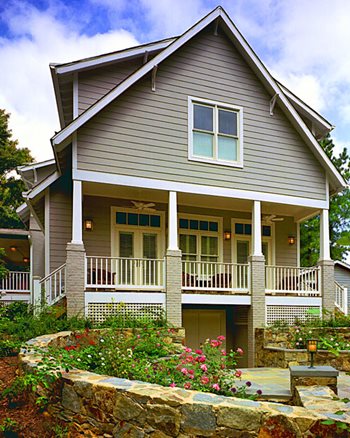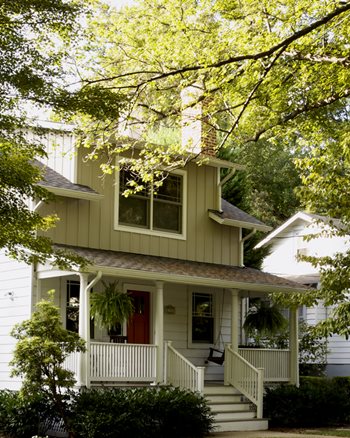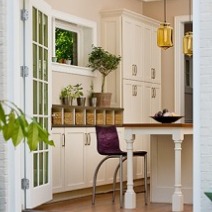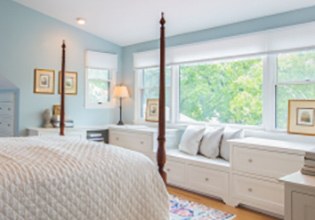Bungalow House Addition Tips
In the 1920s, bungalows were the most popular home style in the U.S. This was mainly because they offered a lot of space for a lower cost. Inspired by craftsman style architecture, the bungalow style offered a refreshing change from the more formal Victorian style.
Bungalow homes are well-suited for enlargement, so long as the low-pitched roof line is carefully considered. Most bungalows have a small kitchen in the back of the house. The other half of the first floor usually accommodates the living room– entered directly from the front door–and a rear bedroom(s) with bath. Additional bedrooms are generally located on a second floor extended by shed dormers at the front and back of the house.
If you want to build a home addition but preserve the defining fundamentals of this architectural style, three components (and their interrelationships to one another) are key:
- Roof line
- Exterior materials
- Window pattern
Bungalow Home Additions
A rear first floor addition you are seeking usually provides a logical area for an expanded kitchen, along with a contiguous family room. If your land slopes away from the house, the new family room can be dropped two steps to gain ceiling height on the first or second floors. This is also an easy way to assure the privacy of new zones. Likewise, the second floor addition often is designated for the new master bedroom, bath and walk-in closets.
Roof Line
When designing a two-story rear addition for a Bungalow, the addition’s height should be minimized to better integrate the new with the old. Bungalows have low pitched roofs, with wide bracketed overhangs and shed dormers. Ideally, the new roof should have the same roof pitch as the existing roof, and the peak should be no higher. Shed dormers can be designed for the addition to maximize interior space on the second story. This also helps to scale down the mass of the side elevation—an important tactic to achieving an integrated look.
Exterior Materials
For a bungalow addition, it is best to use the same exterior material as the original house (frequently cedar shingle or narrow clapboard). Some bungalows were built with brick, stone or stucco. In these cases, it is appropriate– and cost-effective–to clad the new addition in cedar shingle or clapboard. Bungalow foundations are typically pre-cast block, brick or stone, which can be replicated in an addition.
Window Pattern
Keep window style and size consistent with the original house. A typical bungalow has double-hung windows with muntin bars (grids) in the top sash. Casement windows with a rectangular grid or diamond patterns are also common.
Washington, DC Area Home Addition Builders & Remodelers
The Wentworth design-build team has years of experience remodeling and adding onto bungalow homes in Maryland, DC, and Northern Virginia. We can work with your zoning restrictions, small lot sizes, budget, and aesthetic preferences to provide the best home addition for your family and needs.
View our portfolio to see bungalow style and other homes we have remodeled—and contact our award-winning team today!









